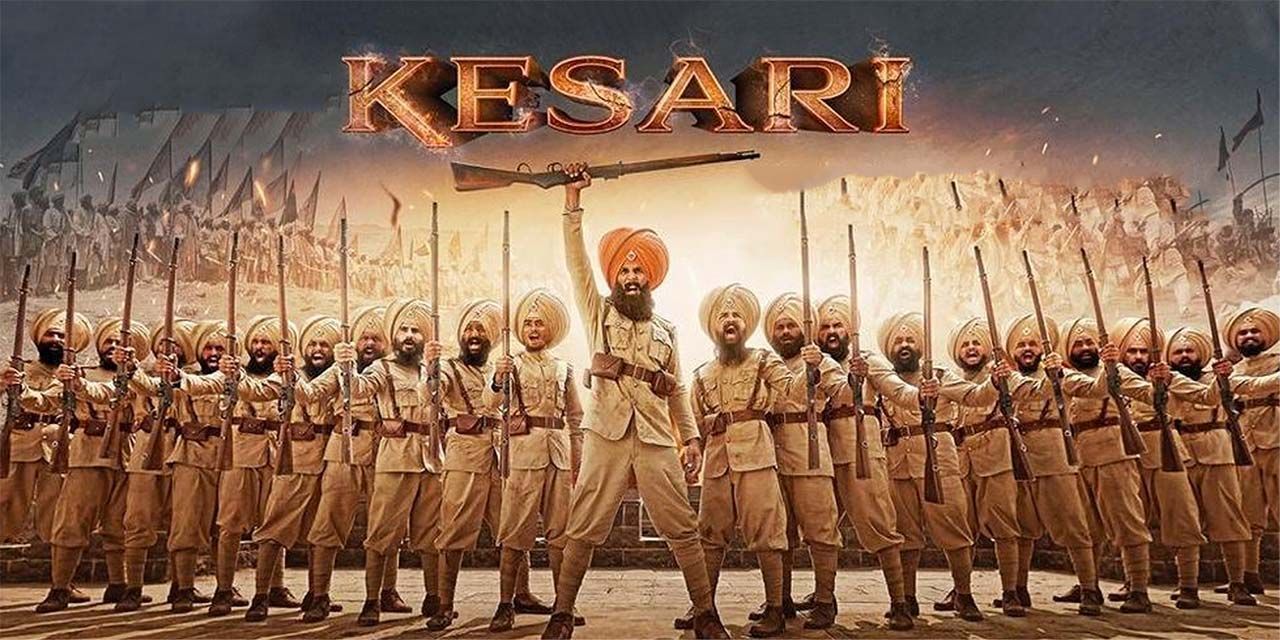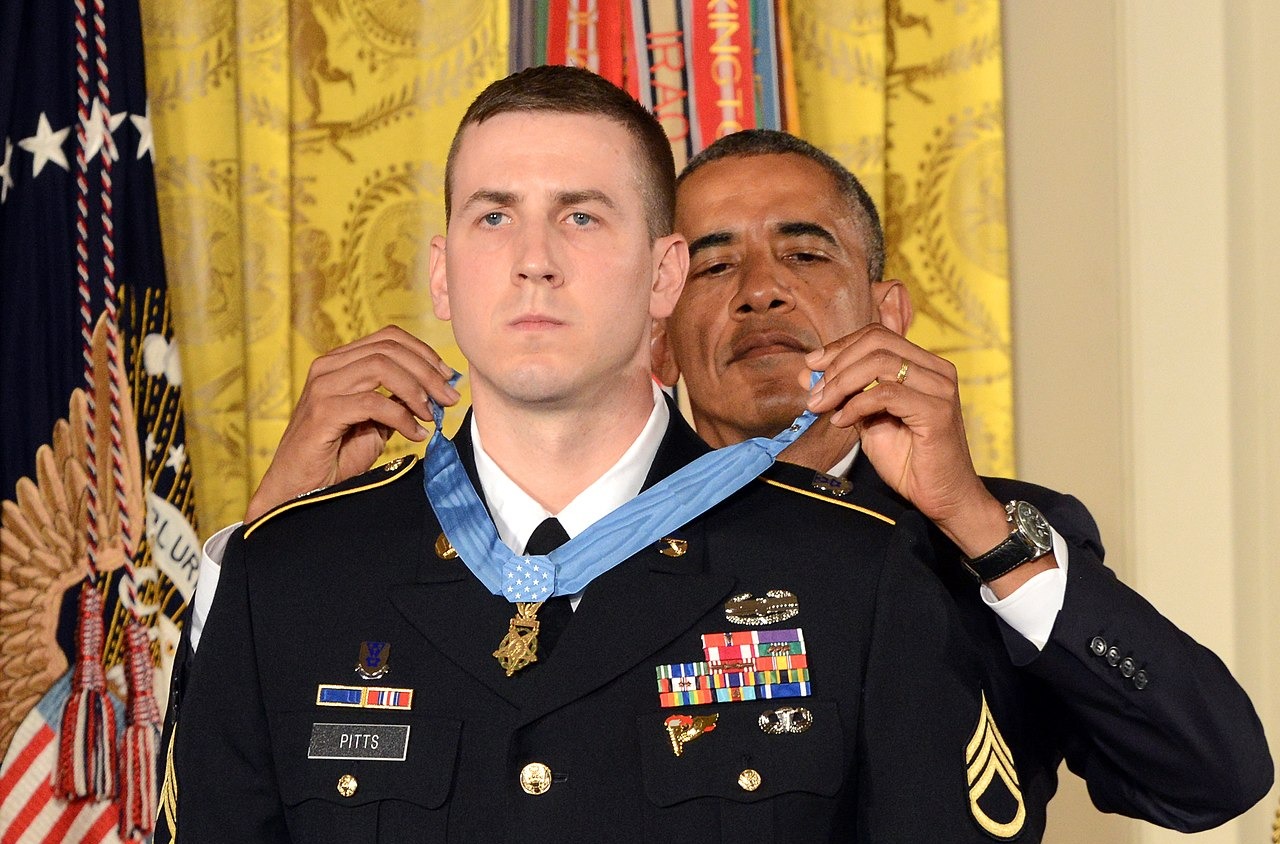After 111 Years, US Soldiers Replicated Bravery Of Sikh Warriors During Battle Of Wanat In Afghanistan On This Day

Afghanistan has been witness to the bravery of 21 Sikh soldiers in 1897 who stood against thousands of fighters in the Battle of Saragarhi. Almost 111 years later, 72 US and Afghan soldiers fought audaciously to defend their post against over 200 Taliban fighters.
Fought in 1897, the Battle of Saragarhi remains one of the greatest last-stand battles in the history of warfare. On September 12th, 1897, the vastly outnumbered 21 Sikh soldiers of the British Indian Army squared off against around 10,000 – 12,000 fighters of the Afridi and Orakzai tribes of the Pashtun of Afghanistan. The odds were stacked so badly against the Sikhs that for every Sikh soldier, there were more than 500 Afghans.
The Battle of Saragarhi was fought in the North-Western Frontier Province of British India, which is located in the present-day Khyber Pakhtunkhwa region of Pakistan. 21 Sikhs belonged to the 36th Sikhs of the British Indian Army, who were led by their inspirational leader Havildar Ishar Singh.
The British manned a series of posts constructed by Sikh ruler Ranjit Singh along the Hindu Kush mountains. Saragarhi was crucial as it was the communication link between Fort Lockhart and Gulistan. Thus, with the use of heliography, a communication link was established between the two strategically important posts that were the “Gateways to India.”
AfriPrime App link: FREE to download...
https://www.amazon.com/Africircle-AfriPrime/dp/B0D2M3F2JT
On the fateful morning, Havildar Ishar Singh saw the thousands of Afghans charging towards Saragarhi. The message was quickly sent to Fort Lockhart, requesting them for urgent reinforcements.
Lt. Colonel Haughton, Commanding Officer of the 36 Sikhs, attempted to send reinforcements but could not do so because the Afghans had cut off supply lines between Saragarhi and Lockhart.
A message was sent to the Sikhs to hold on to their positions, which they fulfilled until their heroic end. The Afghan plan was to first take over Saragarhi, resulting in a breakdown of communication between Lockhart and Gulistan. This would help them easily win over the two forts on the same day before fresh reinforcements could arrive.
However, what followed on that day was a display of indomitable courage in which all 21 soldiers fought to their last breath. This delayed the enemy’s advance from 9:00 a.m. to around 3:45 p.m., meaning that the other two forts had sufficient time to get reinforcements.
After destroying Saragarhi, the Afghans turned their attention to Gulistan, but it was too late. As per data released by the UK government, the 21 Sikhs inflicted more than 180 casualties on the Afghans.
Later, the British Government posthumously awarded all Sikh soldiers the India Order of Merit, the highest gallantry award of the time. Every year, 12th September is celebrated as Regimental Battle Honours Day of the Sikh regiment of the Indian Army.
The British built two gurudwaras in Amritsar and Firozpur in memory of the brave men. In 2019, popular Indian actor Akshay Kumar’s film Kesari, based on the Battle of Saragarhi, became a blockbuster.

Battle Of Wanat
After 111 years, another battle took place in the same region, albeit in present-day Afghanistan, between the US Army and a similar foe, i.e., the Afghan Taliban.
On 13th July 2008, over 200 Taliban fighters attacked 72 soldiers (48 American and 24 Afghan) in Wanat in the provinces of Kuran and Nuristan in South-Eastern Afghanistan. The odds against the American and Afghan troops were greater than 3:1. The US soldiers belonged to the 2/503rd Infantry Regiment of the USA Army.
AfriPrime App link: FREE to download...
https://www.amazon.com/Africircle-AfriPrime/dp/B0D2M3F2JT
In the early hours of 13th July, at around 4:20 am, about 200 Taliban fighters attacked the base using machine guns, rocket-propelled grenades (RPG), and mortars.
The attack began when two bursts of machine-gun fire and rockets fell on the US troops. The initial outburst resulted in the destruction of the TOW missile launcher and the 120 mm mortar, including the mortar ammunition.
The attackers, who had climbed up trees and nearly buildings, targeted the mortar men who, in spite of the threat, managed to fire at least four rounds on the attackers.
Additionally, the attackers had managed to corner an outpost called “OP Topside,” which initially had only nine soldiers before reinforcements arrived. Reinforcing them was a dangerous task as the insurgents cornered them, but US paratroopers managed to break through the impasse.
In the initial wave on the outpost itself, 3 out of the 9 men were out of action as two died in the Taliban onslaught while another was too injured to fight.
Meanwhile, the artillery support from the main outpost fired 155mm howitzers at a high angle. However, the attackers stood just about 700 yards away from the US troops, meaning that if the enemy managed to come any closer, the artillery would be too dangerous to operate and risk injuring their own soldiers.
The defenders faced issues like ammo shortages and weapons overheating, but thankfully, reinforcements arrived from the main COP. Waves of attacks injured every soldier on “OP Topside,” and in spite of heroic resistance by the paratroopers and Marines, the situation was grim.
Finally, the reinforcements arrived from the Chosen Company and the Apache Attack helicopters. The firing from the helicopter’s 30mm cannon pushed out the enemy. Additionally, the reinforcement brought several machine guns, multiple anti-tank rocket launches, and grenade launchers.
The Quick Reaction Force (QRF) ventured into the nearby bazaar where the insurgents hid in buildings. The soldiers used smoke bombs to find out insurgent positions for the Apaches to clean up. After four hours of fighting, the RPG firing reduced, and the insurgents retreated as medical teams evacuated the injured.
The Americans suffered 9 casualties, with 27 injured. The local support for the attack was evident as the Afghan Army found a massive load of weapons at the local police station, which had fired in support of the Taliban.
It is estimated that the Taliban suffered more than 20 casualties. In the following days, American air assets pounded insurgent positions. The fearsome attack forced the US to abandon the Wanat outpost.
The American Army is assiduously integrating the lessons learned from the battle of Wanat. Each year, the commander of the 25 Infantry Division leads a virtual, three-dimensional simulation of the assault.

In 2014, then US President Barack Obama presented a Medal of Honour to Staff Sergeant Ryan M. Pitts for the display of heroic valor in the battle. Additionally, Obama paid tribute to all 9 fallen American soldiers from this battle.
Despite sustaining serious injuries from shrapnel and grenade blasts early in the battle, Pitts refused to be evacuated and continued to fight. He took on the responsibility of manning a machine gun, providing critical covering fire, and preventing the enemy from overrunning their position.
Throughout the hours-long battle, Pitts communicated with his team and headquarters, directing airstrikes and reinforcements while maintaining his position under intense enemy fire. Pitts’ actions were instrumental in allowing the remaining members of his unit to hold out until reinforcements arrived.
AfriPrime App link: FREE to download...
- Questions and Answers
- Opinion
- Story/Motivational/Inspiring
- Technology
- Art
- Causes
- Crafts
- Dance
- Drinks
- Film/Movie
- Fitness
- Food
- Games
- Gardening
- Health
- Home
- Literature
- Music
- Networking
- Other
- Party
- Religion
- Shopping
- Sports
- Theater
- Wellness
- News
- Culture
- War machines and policy

